Event
Open Bottle Thursday! Bootleg Red!!
Thursday, December 15, 2022
Time: 03:00pm - 07:30pm
Type: Wine Tasting
Location: The Wine Cabinet
Event Free

IN STORE TASTING ARE BACK FOR
OPEN BOTTLE
WE STILL ENCOURAGE CURBSIDE PICKUP OR DELIVERY!!
(All purchases must be accompanied by a credit card.)
Bootleg Winery
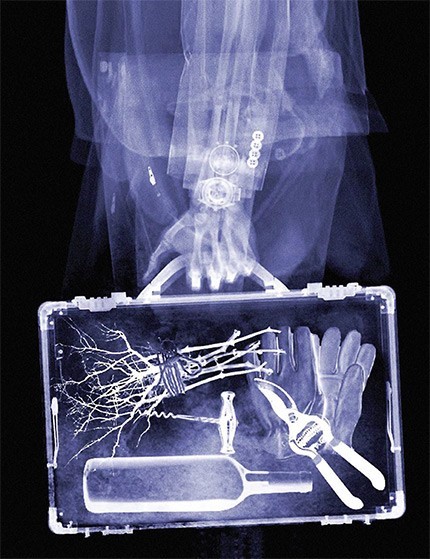
73% Cabernet Sauvignon. 27% Merlot
55% Howell Mountain 30% Spring Mountain 11% Knights Valley 4% Diamond Mountain
2017
Napa, CA
Elegant and Delicious!
Howell, Spring & Diamond Mountain fruit at 1/3 the price!
It’s generally acknowledged that the Top five AVA’s in Napa Valley for Cabernet are Diamond Mountain, Howell Mountain, Atlas Peak, Spring Mountain District and Mount Veeder.
These small districts produce the best fruit (depth & structure) so the top vintners like Cade, Cakebread, Hall and Dunn, to name a few, are always vying to get their hands on as much land/fruit contracts as possible.
Perfect for the Holidays!
For this vintage of Bootleg, at 73%,
for all intents and purposes this is a Cabernet Sauvignon.
By law in California, a wine can be listed as a single varietal if it has 75% of one grape.
In fact, most of the Cabernets produced out of California are in the 75-85% range
with other reds blended in to suit the winemaker. Those of you who have followed us for a while may remember we featured the 2012 vintage of this bottling back in 2017!
93 Points Vinous
“Bold and punchy, the 2017 offers an intriguing combination of inky dark fruit and structure. More than that, though, the 2017 offers tons of pure drinking pleasure.... "
91 Points Jeb Dunnuck
"The 2017 Bootleg Red Wine checks in as 73% Cabernet Sauvignon and 27% Merlot that's mostly from Howell Mountain, yet includes fruit from Spring Mountain, Knights Valley, and Diamond Mountain. Plenty of crème de cassis, tobacco leaf, cedary herbs, and a touch of chocolate all emerge from the glass of this plump, rounded, undeniably delicious 2017 that does everything right."

Elsewhere at $44.00
Our Regular Price $39.99
Special Sale Price
$32.00 a bottle
$174.00 for six!($29)
Click Here To Order
or
Call us at 703-668-WINE(9463)
Our Thoughts on this wine.....
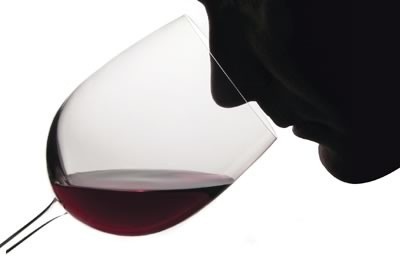 Beautiful garnet color leads into a nose of dark fruit, blueberry, chocolate, baking spices and earthy notes in the background.
Beautiful garnet color leads into a nose of dark fruit, blueberry, chocolate, baking spices and earthy notes in the background.
On the palate the wine exhibits rich round approachable tannins with great structure. Flavors of blueberry and blackberry compote, toasty oak and a long luscious finish.
The wine is full and inviting enough to enjoy on its own, yet structured enough to stand up to big, bold foods such as prime rib, leg of lamb and full flavored cheeses.
Drink this rocking little gem any time over the coming 4-6 years.
A bit about Napa.........
Early Napa
Wild grapes certainly grew in abundance in early Napa Valley, but it took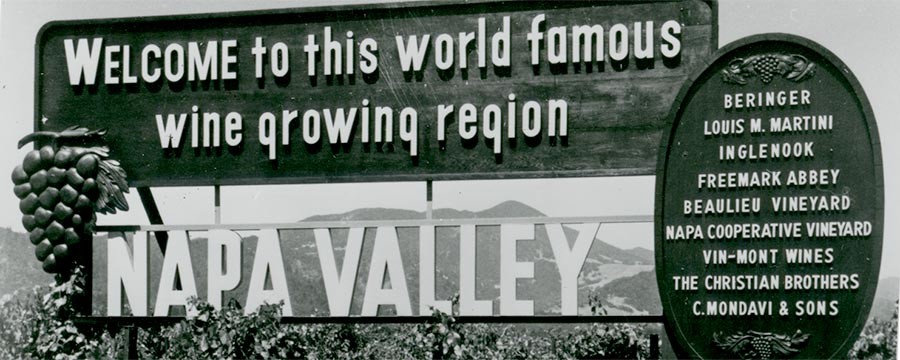 settler George Calvert Yount to tap the area's potential for cultivating wine grapes. Yount built one of the homesteads in the area and was the first to plant Napa Valley grapes in 1839. Soon after, other pioneers such as John Patchett and Hamilton Walker Crabb helped introduce the first vitis vinifera grapes to the area.
settler George Calvert Yount to tap the area's potential for cultivating wine grapes. Yount built one of the homesteads in the area and was the first to plant Napa Valley grapes in 1839. Soon after, other pioneers such as John Patchett and Hamilton Walker Crabb helped introduce the first vitis vinifera grapes to the area.
Pioneers and Early Expansion
Charles Krug is credited with establishing Napa Valley's first commercial winery in 1861. His success and leadership sparked a wave of new growth, and by 1889 there were more than 140 wineries in operation, including Schramsberg (founded in 1862), Beringer (1876) and Inglenook (1879).
The First Challenges
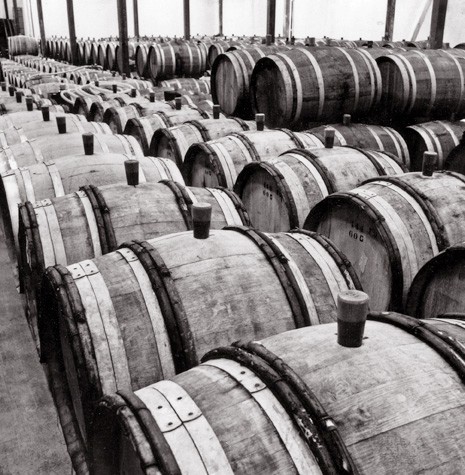 This tremendous expansion, however, was soon brought to a halt. By the turn of the 20th century the industry saw prices plummet amidst a sea of surplus grapes, and the arrival of phylloxera dealt vintners a stunning blow as more than 80% of the valley's vineyard acreage fell victim to the destructive root louse. An even greater threat to the Napa Valley wine industry arrived in 1920 with the enactment of Prohibition. Vineyards and wineries were abandoned over the next 14 years with only a handful of wineries continuing to operate by producing sacramental wines.
This tremendous expansion, however, was soon brought to a halt. By the turn of the 20th century the industry saw prices plummet amidst a sea of surplus grapes, and the arrival of phylloxera dealt vintners a stunning blow as more than 80% of the valley's vineyard acreage fell victim to the destructive root louse. An even greater threat to the Napa Valley wine industry arrived in 1920 with the enactment of Prohibition. Vineyards and wineries were abandoned over the next 14 years with only a handful of wineries continuing to operate by producing sacramental wines.
Recovery
With the repeal of Prohibition in 1933, Napa Valley's wine industry began its slow recovery. During this time, John Daniel Jr. resurrected Inglenook, Georges de Latour re-established Beaulieu Vineyards (BV), Louis M. Martini built his winery and the Mondavi family purchased Charles Krug Winery. Andre Tchelischeff, a Russian émigré working in France, came to Napa Valley to work for BV and became one of the great figures and mentors in the history of Napa Valley wine.
Napa Valley Rocks: History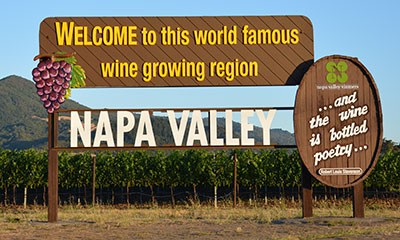
The Napa Valley's rich winemaking history began well before the California Gold Rush.
Napa Valley Vintners
The early 1940s marked an important point in Napa Valley’s history when these early vintners realized they would be more successful working together than on their own. In 1944, seven vintners signed the agreement of association that formed the Napa Valley Vintners trade association, now more than 525 wineries strong.
The Last 50 Years
The prominence of Napa Valley wine on the world stage is largely due to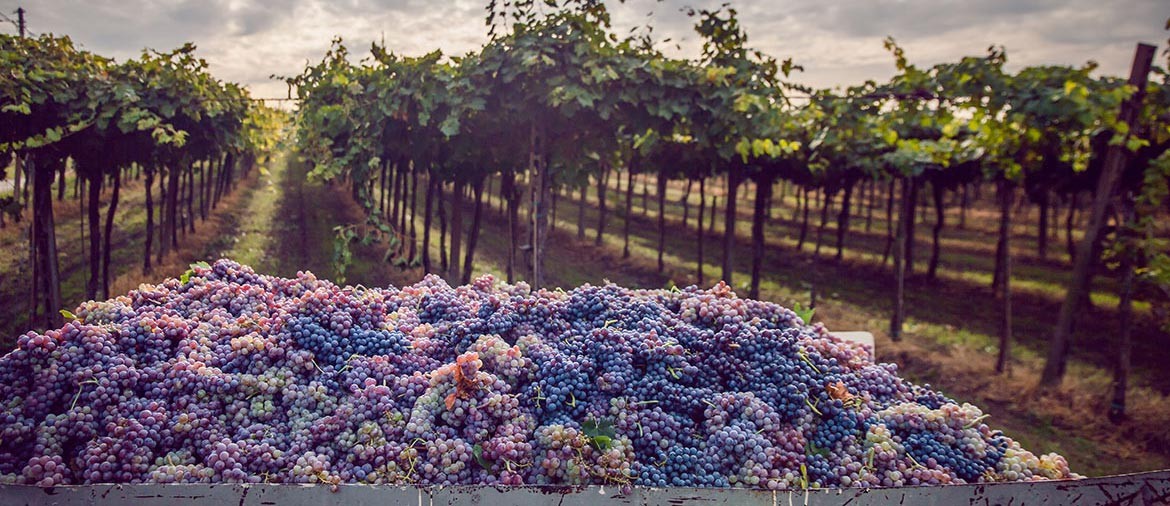 the efforts of our vintners during the last 50 years. People like Robert Mondavi, Napa Valley’s greatest marketer, fully embodied the collective spirit and camaraderie that gave rise to our success and quality.
the efforts of our vintners during the last 50 years. People like Robert Mondavi, Napa Valley’s greatest marketer, fully embodied the collective spirit and camaraderie that gave rise to our success and quality.
If a single event can be credited with putting Napa Valley on the map, it was the Paris Tasting of 1976. This blind, comparative tasting pitted Cabernet Sauvignon and Chardonnay from California against the best wines of Bordeaux and Burgundy in a blind tasting. When the tasting was done, the judges had given top honors to Chateau Montelena Chardonnay and Stag’s Leap Wine Cellars Cabernet Sauvignon. Napa Valley would never be the same, and the number of wineries would grow from a few dozen to several hundred today.
Environmental Leadership
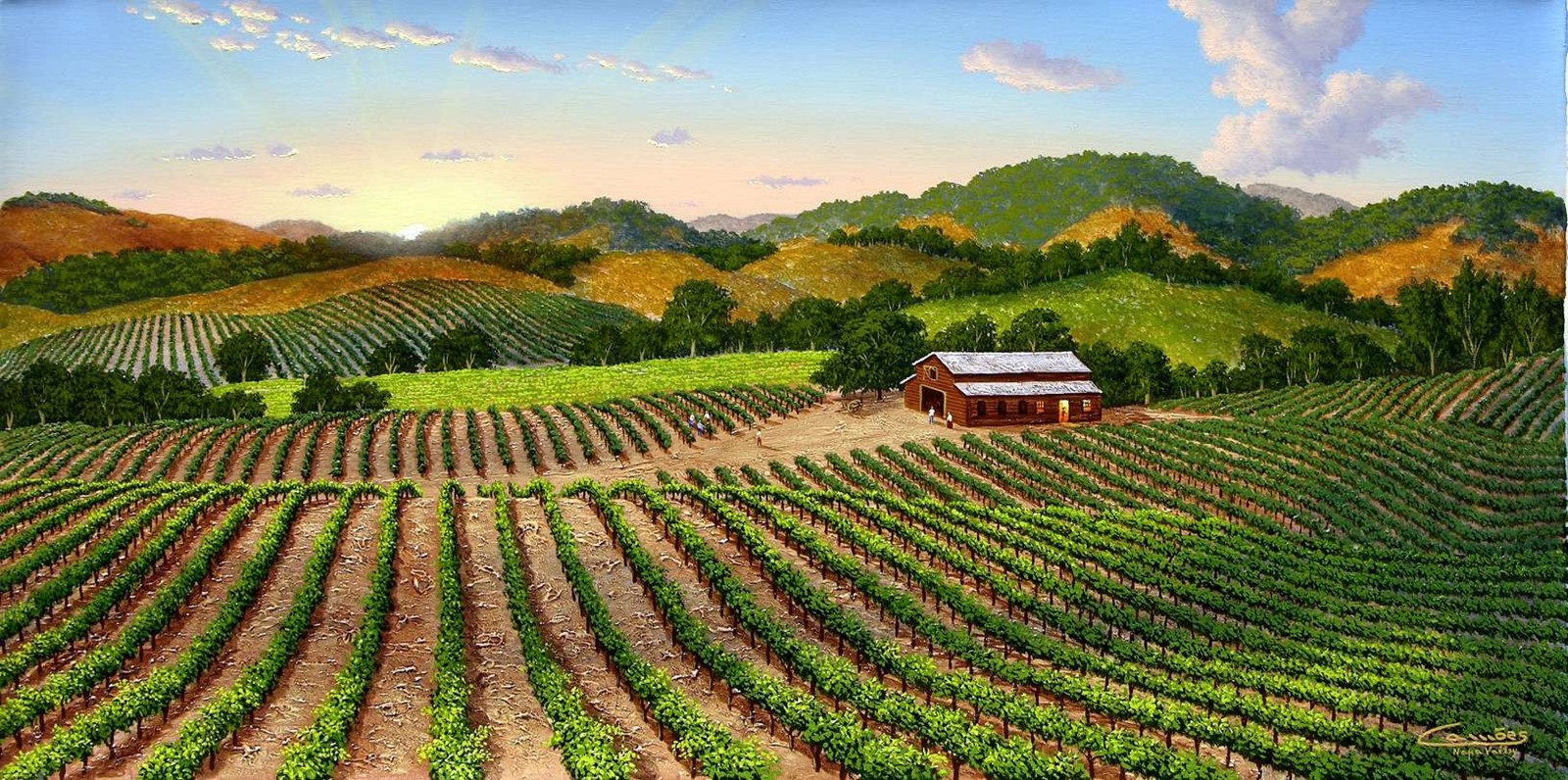 In 1968, America’s first agricultural preserve was established here, declaring to the world that agriculture is the highest and best use of the land in Napa Valley. The Ag Preserve was the first in a series of initiatives Napa Valley’s vintners and growers often imposed upon themselves. From stream setback, hillside planting and winery definition ordinances to slow-growth initiatives, Napa Valley’s wine industry is considered the most highly regulated in the world. But the purpose is clear: to protect the agrarian character of the Napa Valley. Today, proactive programs like Napa Green Certified Land and Napa Green Certified Wine.
In 1968, America’s first agricultural preserve was established here, declaring to the world that agriculture is the highest and best use of the land in Napa Valley. The Ag Preserve was the first in a series of initiatives Napa Valley’s vintners and growers often imposed upon themselves. From stream setback, hillside planting and winery definition ordinances to slow-growth initiatives, Napa Valley’s wine industry is considered the most highly regulated in the world. But the purpose is clear: to protect the agrarian character of the Napa Valley. Today, proactive programs like Napa Green Certified Land and Napa Green Certified Wine.
